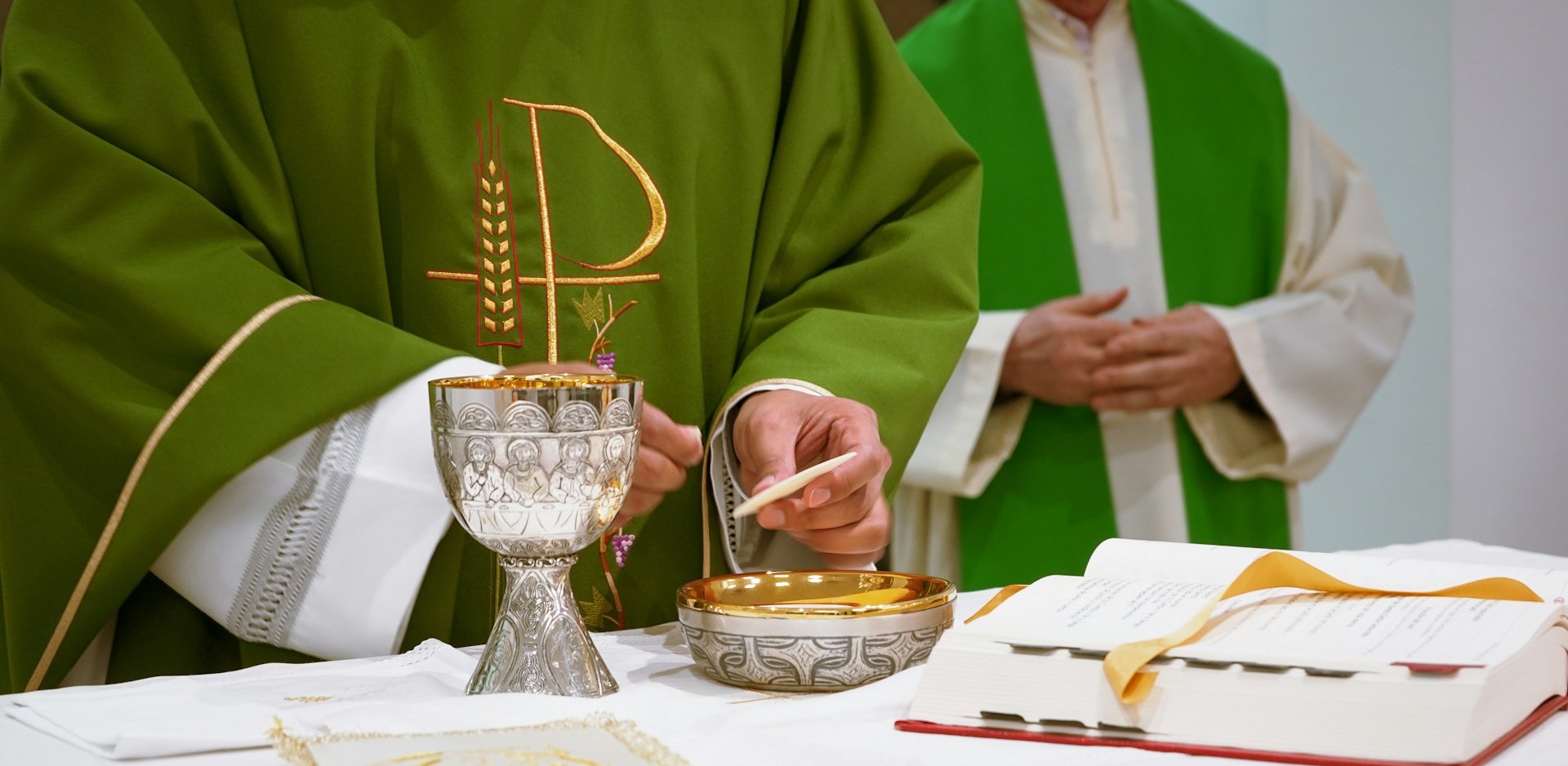Living the Gospel in Ordinary Time
National Liturgical Council

Apart from those seasons having their own distinctive character, thirty-three or thirty-four weeks remain in the yearly cycle that do not celebrate a specific aspect of the mystery of Christ. Rather, especially on the Sundays, they are devoted to the mystery of Christ in all its aspects. This period is known as Ordinary Time (GNLY 43).
Ordinary Time begins on Monday after the Sunday following 6 January and continues until Tuesday before Ash Wednesday inclusive. It begins again on Monday after Pentecost and ends before Evening Prayer I of the First Sunday of Advent (GNLY 44).
The word ‘ordinary’ is a translation of the Latin word which stems from the counting of these weeks in ordinal numbers. It is not meant to denote a non-season.
During Ordinary Time the readings follow a three-year cycle for Sundays and a two-year cycle for weekdays. The Sunday gospel readings follow a fairly continuous reading from Matthew, Mark and Luke. Some sections from John’s gospel complement the Year of Mark. The introduction to the lectionary sets out the gospels for this time in blocks which refer to the developing mission and understanding of Christ for the Christian community.
The first reading is chosen from the Old Testament to match the gospel while the psalm follows on the theme of the first reading. The second reading is taken from other sections of the New Testament. These are read in a semi-continuous fashion across the three years. In preparing Sunday liturgies it is important to read the gospel in conjunction with the first reading and the psalm.
The Lectionary readings should be given preference except in an extreme pastoral situation. On occasions such as Social Justice Sunday the liturgy of the day needs to be respected since it is part of an ongoing series. The proper place for inclusion of special events is during the General Intercessions.
There are eight Sunday Prefaces to choose from along with six for weekday Masses. Green is used in Ordinary Time unless the Ordo indicates another colour for a specific solemnity or feast. These include the solemnities of Trinity Sunday, the Body and Blood of Christ, and Christ the King. It is on the weekdays of this season that the intersection of the seasonal and sanctoral cycles is most evident.
